These opinions come from the Ministry of Health; the Ministry of Industry and Trade - with experts from the Institute for Industry and Trade Policy and Strategy Research, the Institute of Food Industry; advisory units such as the Vietnam Animal Husbandry Association, Hanoi University of Science and Technology and a number of large enterprises in the dairy industry.
According to Decision No. 155/QD-BCT in 2024 on developing the Vietnam Dairy Industry Development Strategy for the period up to 2030, with a vision to 2045, the Ministry of Industry and Trade and the Institute for Industry and Trade Policy and Strategy have developed a draft Strategy, based on organizing many consultation workshops with experts, businesses and stakeholders.
The workshop on August 5 continues to be an important consultation forum to complete the Strategy in a scientific, comprehensive and practical direction, focusing on promoting links between stakeholders in the development of the dairy industry - especially fresh milk products and proposals to increase Vietnam's raw fresh milk production, gradually meeting domestic demand, while contributing to the goal of improving the stature of Vietnamese people and sustainable economic development, for a strong Vietnam, for public health.
 |
| Deputy Minister of Industry and Trade Truong Thanh Hoai chaired and spoke at the workshop. |
This workshop took place in the context of the current situation of the Vietnamese dairy industry, which is heavily dependent on imported milk and milk powder (to produce formula milk powder or reconstitute into liquid milk). Domestic raw fresh milk production currently only meets about 40% of production needs, leading to import costs of milk and dairy products reaching more than 1.1 billion USD in 2024.
Urgent need to revise outdated technical regulations in the dairy industry
The report “Overview of Vietnam's dairy industry, current situation and summary of the draft Dairy Industry Strategy to 2030, vision to 2045” by the Institute for Industry and Trade Policy and Strategy (Ministry of Industry and Trade) assessed that one of the current prominent challenges is the backwardness and lack of uniformity in the system of standards and technical regulations - especially for liquid milk products.
The report analyzes a typical example. That is the National Technical Regulation QCVN 5-1:2010/BYT on liquid milk products, issued by the Ministry of Health since 2010. The way this Regulation defines the concept of Sterilized Milk has caused confusion that products labeled "Sterilized Milk" are obviously made from fresh milk, causing consumers to not be provided with full information. This way of labeling is also incompatible with international standards such as Codex - an organization of which Vietnam is a member, affecting export and integration capacity.
Many experts believe that this practice suggests the urgency of amending the national standard system, especially clearly identifying liquid milk products according to the nature of the raw materials.
 |
In developed countries, liquid milk products are mostly processed from raw fresh milk. In many other countries, drastic steps have been taken to standardize the definition and quality of milk. Ms. Le Thai Ha (Deputy Director of the Department of Disease Prevention - Ministry of Health) gave an example. Recently, China has officially banned the use of reconstituted milk powder in the production of sterilized milk (Amendment No. 1 of GB 25190 - 2010 standard, effective from September 16, 2025), in order to promote the domestic dairy industry and protect consumers.
"We should refer to the experience of advanced and developed countries in the world, and name the dairy products in the Fresh Milk Group correctly according to the nature of the raw materials," said Ms. Ha.
Deputy Minister of Industry and Trade Truong Thanh Hoai said that the Ministry will soon issue a document clearly defining the two types of fresh milk and reconstituted milk, and at the same time require production units to clearly state on the label so that consumers can make accurate choices.
Need to increase the size of dairy herds by 4-5 times and move towards self-sufficiency in raw fresh milk sources
According to statistics, the average milk consumption per capita in Vietnam is still quite low compared to many developed countries. Currently, Vietnamese people consume an average of about 36 kg/person/year, while this figure in Denmark is 394 kg, the US 228 kg, France 251 kg... The data shows that the growth potential of Vietnam's dairy industry is still very large.
The Ministry of Industry and Trade has developed a Draft Strategy for the Development of the Dairy Industry to 2030, with a vision to 2045. Accordingly, the important goal is to increase the production response rate of domestic raw fresh milk sources (from the current 40% to about 53-56% in 2030 and 62-65% in 2045. At the same time, Vietnam's average milk consumption per capita is expected to reach 58 kg/year in 2045 or higher.
 |
Chairman of the Vietnam Animal Husbandry Association, Dr. Nguyen Xuan Duong, affirmed that it is possible to increase the size of the dairy herd by 4-5 times compared to the current number in the 2030s, meaning that by then the domestic dairy herd could reach 1.3-1.5 million heads and the output of raw fresh milk could reach 4.3-5.0 million tons.
Regarding solutions to contribute to the Dairy Industry Strategy, to achieve the above goal and even more ambitious (the goal of average milk production per Vietnamese person reaching over 100kg by 2045), Dr. Duong emphasized promoting the shift from reconstituted milk to using fresh milk ingredients. He believes that this will bring maximum benefits to public health.
“Programs like School Milk will only be truly meaningful when using high-quality fresh milk, contributing to improving the physical and intellectual health of Vietnamese people. Reality from developed countries (EU, Japan, USA,...) or experience from the world's most populous country like China shows that: They only allow fresh milk to be used in school milk programs, and the rate of fresh milk use among their entire population is very high. In developed countries, over 90% of dairy products used daily are fresh milk, the remaining only about 10% are powdered formula milk" - Dr. Duong analyzed.
 |
A representative of TH Group, the company that owns the TH true MILK brand, which currently holds a large market share for fresh milk, recommended that in order to achieve the goal of increasing self-sufficiency in domestic fresh milk sources, there should be preferential policies for the domestic dairy farming industry, especially regarding taxes and land access. Mr. Ngo Minh Hai, Chairman of TH Board of Directors, emphasized that it is necessary to soon issue a national program on School Meals, learning from the experiences of countries that have dramatically improved average height, such as Japan.
From the perspective of preventive medicine, Ms. Le Thai Ha affirmed that the dairy industry is an indispensable strategic partner in the journey to improve Vietnam's stature. The strategy for developing the Vietnamese dairy industry to 2030, with a vision to 2045, needs to consider the research and development of high-quality, standardized school milk products as one of the priority orientations.
Source: https://baoquocte.vn/nganh-sua-viet-nam-huong-2030-giam-phu-thuoc-nhap-khau-tang-manh-sua-tuoi-noi-dia-323763.html









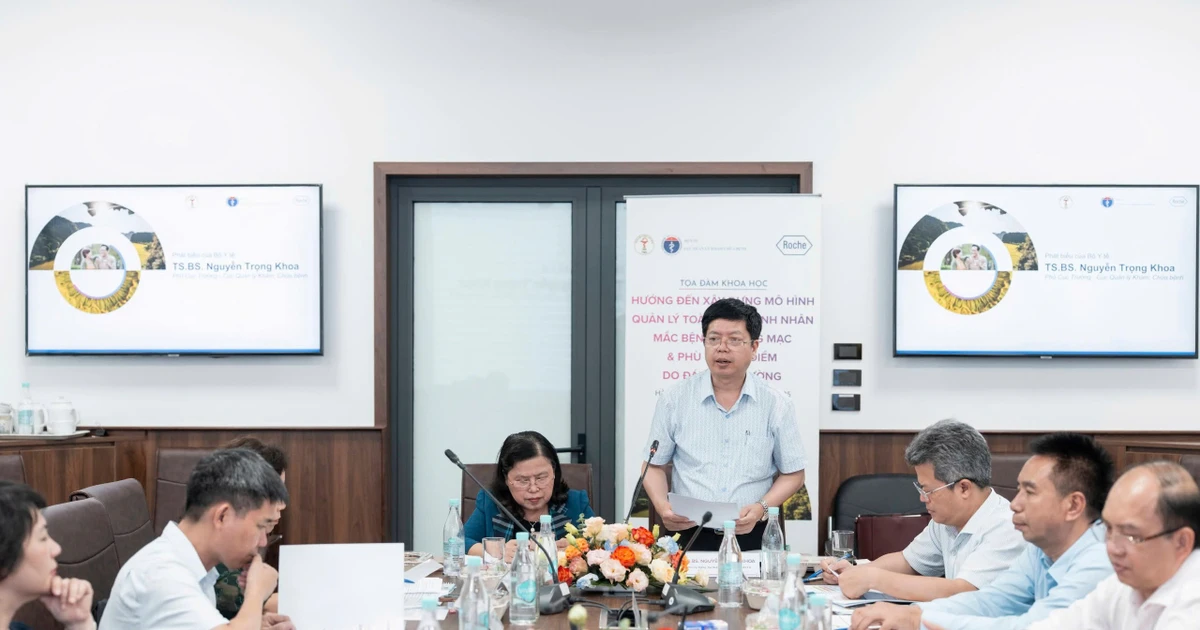
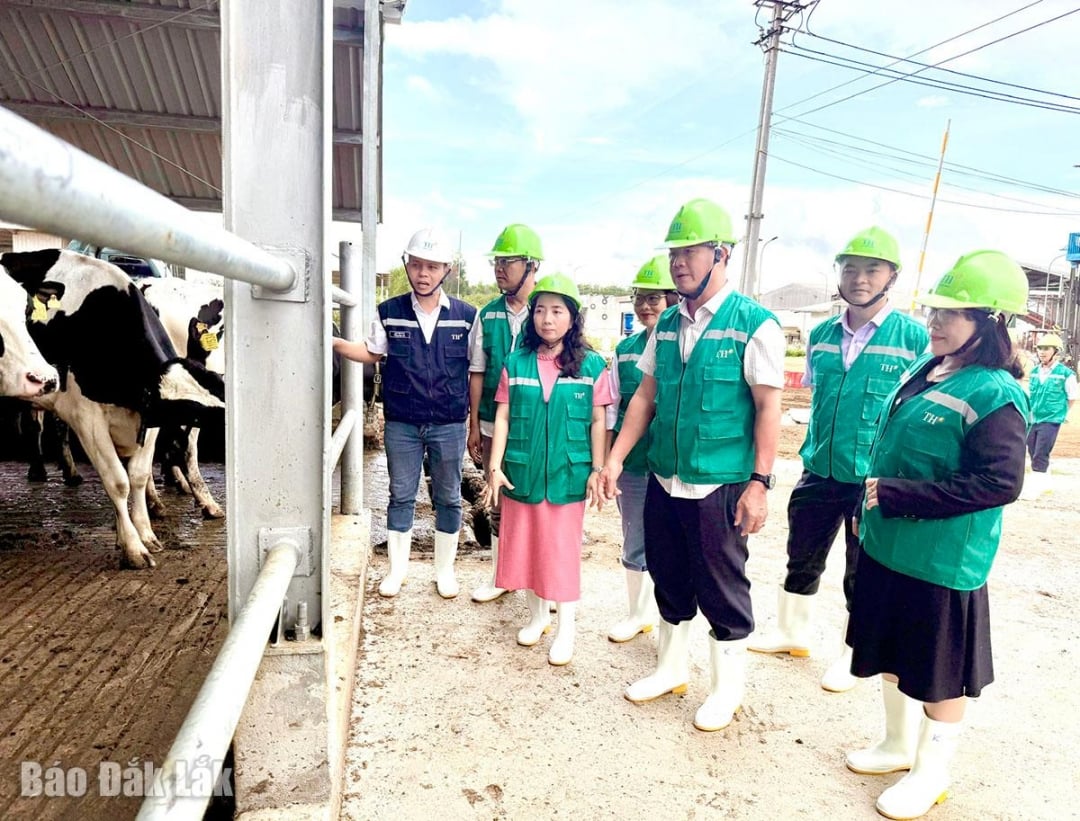















![[Photo] Politburo works with Standing Committees of Lang Son and Bac Ninh Provincial Party Committees](https://vstatic.vietnam.vn/vietnam/resource/IMAGE/2025/8/20/0666629afb39421d8e1bd8922a0537e6)
![[Photo] Prime Minister Pham Minh Chinh receives Australian Foreign Minister Penny Wong](https://vstatic.vietnam.vn/vietnam/resource/IMAGE/2025/8/20/f5d413a946444bd2be288d6b700afc33)


![[Photo] An Phu intersection project connecting Ho Chi Minh City-Long Thanh-Dau Giay expressway behind schedule](https://vstatic.vietnam.vn/vietnam/resource/IMAGE/2025/8/21/1ad80e9dd8944150bb72e6c49ecc7e08)






























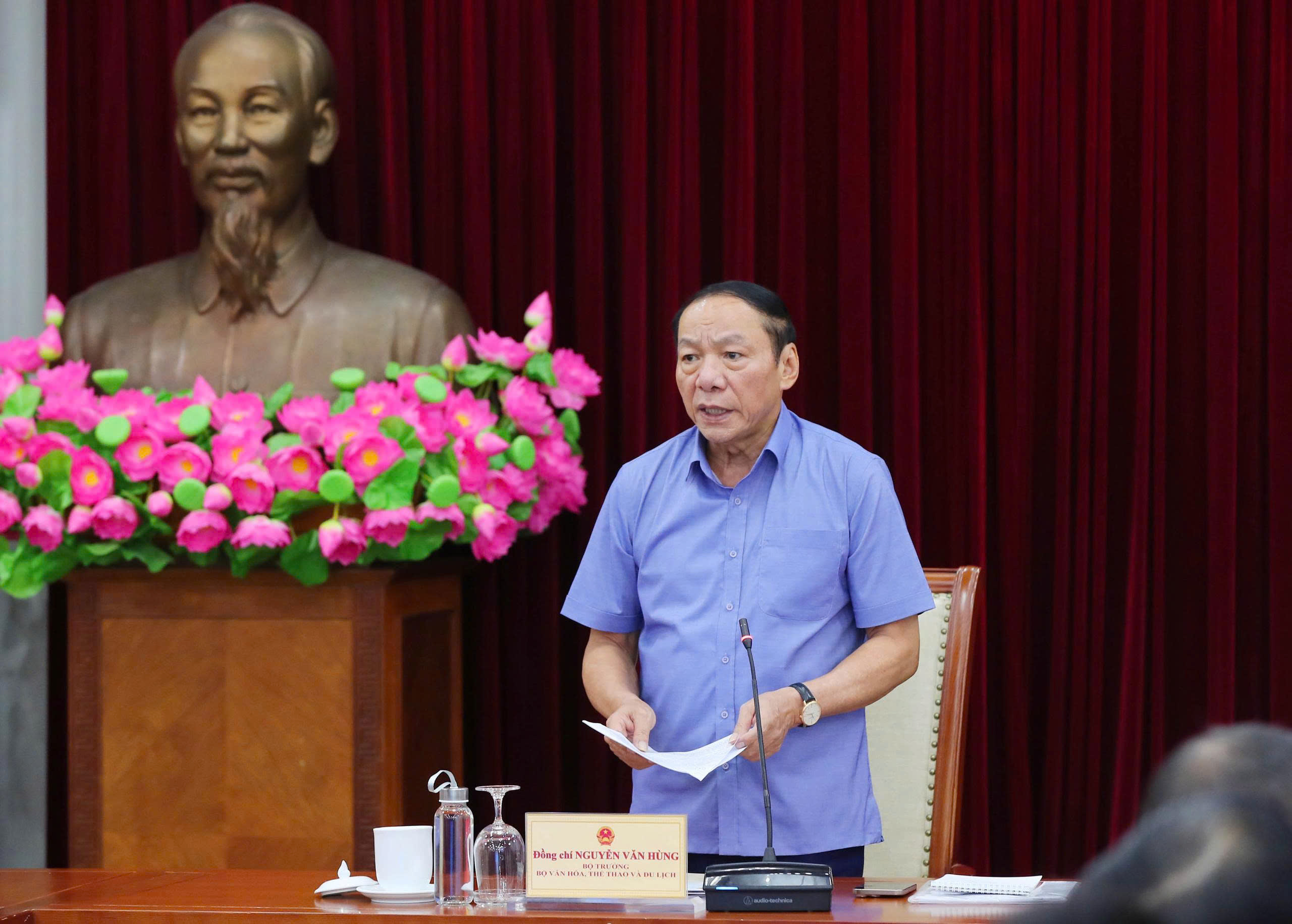



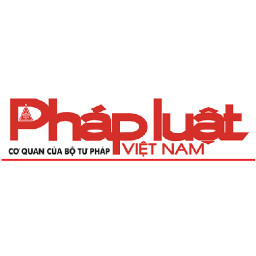

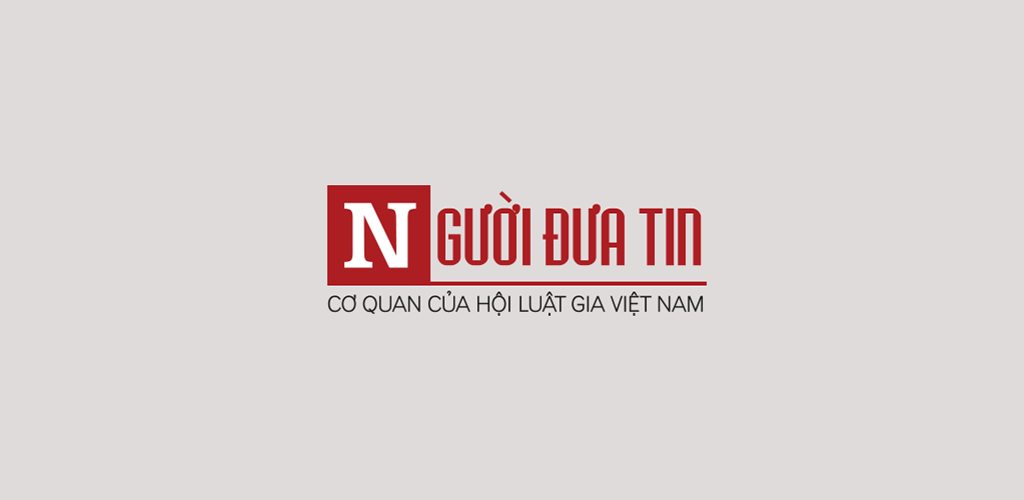
































Comment (0)